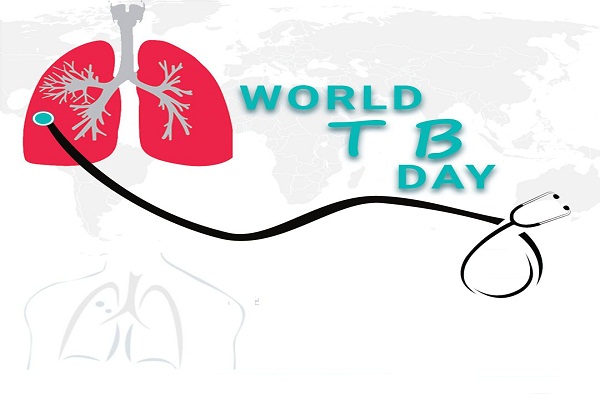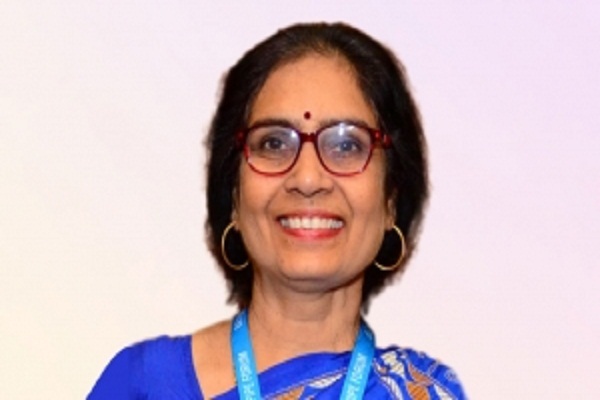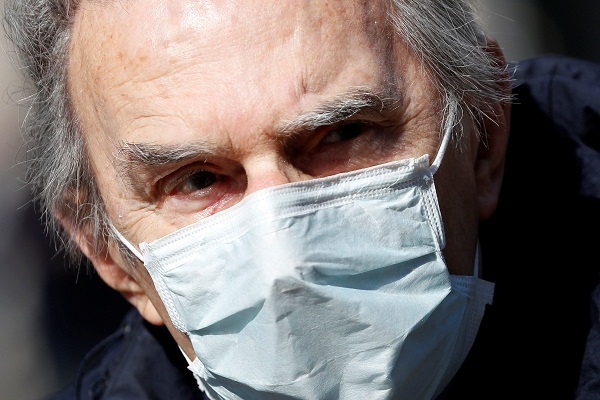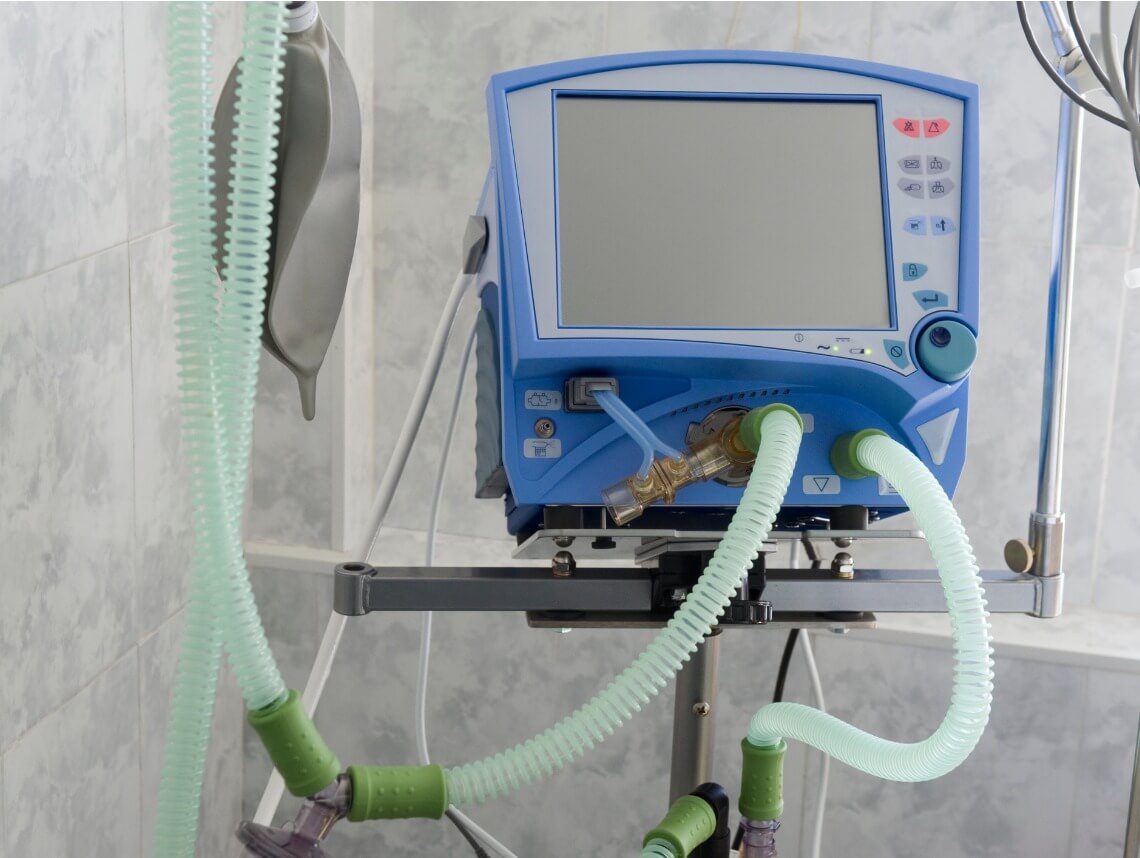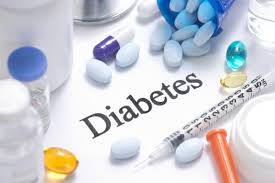
Diabetes has become a major health challenge of the 21st century with over 425 million people currently diagnosed with the disease. It is chronic, incurable, costly, and rising but largely preventable non-communicable disease (NCD), which is responsible for millions of deaths annually and debilitating complications leading to loss of productivity years and hence not only affecting the health of nations but also the world economy.
 In the era of globalization & changing lifestyles, no country, rich or poor, is immune to the epidemic of diabetes. At present, one out of two people living with type 2 diabetes is undiagnosed. It is therefore important that ongoing diabetes education and support be accessible to all people with diabetes and their families to reduce the impact of the disease on quality of life.
In the era of globalization & changing lifestyles, no country, rich or poor, is immune to the epidemic of diabetes. At present, one out of two people living with type 2 diabetes is undiagnosed. It is therefore important that ongoing diabetes education and support be accessible to all people with diabetes and their families to reduce the impact of the disease on quality of life.

Hence the World Diabetes Day (WDD) was started in the year 1991 by WHO and International Diabetes Federation as an awareness campaign in response to the growing concerns about diabetes and its complications. Every year it is observed on 14 November, the birthday of Sir Frederick Banting, who co-discovered insulin along with Charles Best in 1922. The campaign is represented by a blue circle logo that was adopted in 2007. The circle is the symbol of the global unity of the diabetes community under a single blue sky.
Each year the campaign draws attention to certain issues of significance to the diabetes world and hence keep diabetes firmly in the public spotlight. The theme for World Diabetes Day 2018-19 is Family and Diabetes.
Therefore, this year, the IDF has formulated a two-year timeframe for the diabetes awareness campaign with the following aims:

- Raise awareness of the impact that diabetes has on the family and support network of those affected.
- Promote the role of the family in the management, care, prevention and education of diabetes.
There are three main focus areas:
- Discover / Detect diabetes
- Prevent diabetes
- Manage diabetes
Families have a key role to play in addressing the modifiable risk factors for type 2 diabetes and must be provided with the education, resources and environments to live a healthy lifestyle. According to a study conducted by International Diabetes Federation, less than 1 in 4 family members around the world have access to diabetes education programmes.
The study also highlights that all families are potentially affected by diabetes and so awareness about the signs, symptoms and risk factors for all types of diabetes are vital to help detect it early. Education, medicines and care should be made accessible to all individuals and families to help manage the disease.
Diabetes management often leads to increased economic burden on both the families and individuals and therefore increased access to quality care can ensure better health outcomes. Certain measures like daily treatment, regular monitoring, a healthy lifestyle and ongoing education need to be adopted by patients who are suffering from this disease.
Further diabetes is also increasing among children & young adults. Indians are at a significantly higher risk due to genetic factors in addition to environmental factors related to imbalance in nutrition and lack of adequate physical activity.
The prevalence of Type 1 diabetes in children is 1, 11,500 according to a World Health Organisation report of the International Diabetes Federation for the South-East Asian Region including India. Though Type 1 diabetes is common in children, type 2 diabetes mellitus in children below 18 years is increasing as a new clinical problem. The increase in obesity in children and adolescents has been the most important reason for the emerging incidence of diabetes in children.
Hormonal changes during puberty coupled with obesity is playing a major role. The other factors include polycystic ovary syndrome and intrauterine factors including gestational DM, low and birth weight. In its mildest form, most are asymptomatic childrenare detected to have hyperglycaemia or glycosuria during a routine medical check-up for some other illness.
The children would usually have obesity, increasing waist circumference and darkening of skin around neck and axilla, a sign of insulin resistance. In the severest form, the child presents with polyuria, polydipsia, and weight loss.
Currently, children with type 2 diabetes mellitus are usually diagnosed above the age of 10 years and in teens. Nearly 30% of India’s teenagers are obese, nearly twice the number in 2010, according to health ministry statistics.
It is essential to make family members aware of the increasing health burden and economic dimension of the childhood obesity epidemic. Prevention and treatment of childhood obesity and type 2 diabetes mellitus in youth should become one of the prime targets of public health intervention programmes. If you have diabetes in your family, learn about the risks, the warning signs to look out for and what you can do to prevent diabetes and its complications. Many cases of type 2 diabetes can be prevented by adopting a healthy lifestyle. Reducing your family’s risk starts at home.
(Disclaimer: Writer Dr Mahesh DM, Consultant, Endocrinology, Aster CMI Hospital. Views expressed are personal opinion.)
Be a part of Elets Collaborative Initiatives. Join Us for Upcoming Events and explore business opportunities. Like us on Facebook , connect with us on LinkedIn and follow us on Twitter , Instagram.




